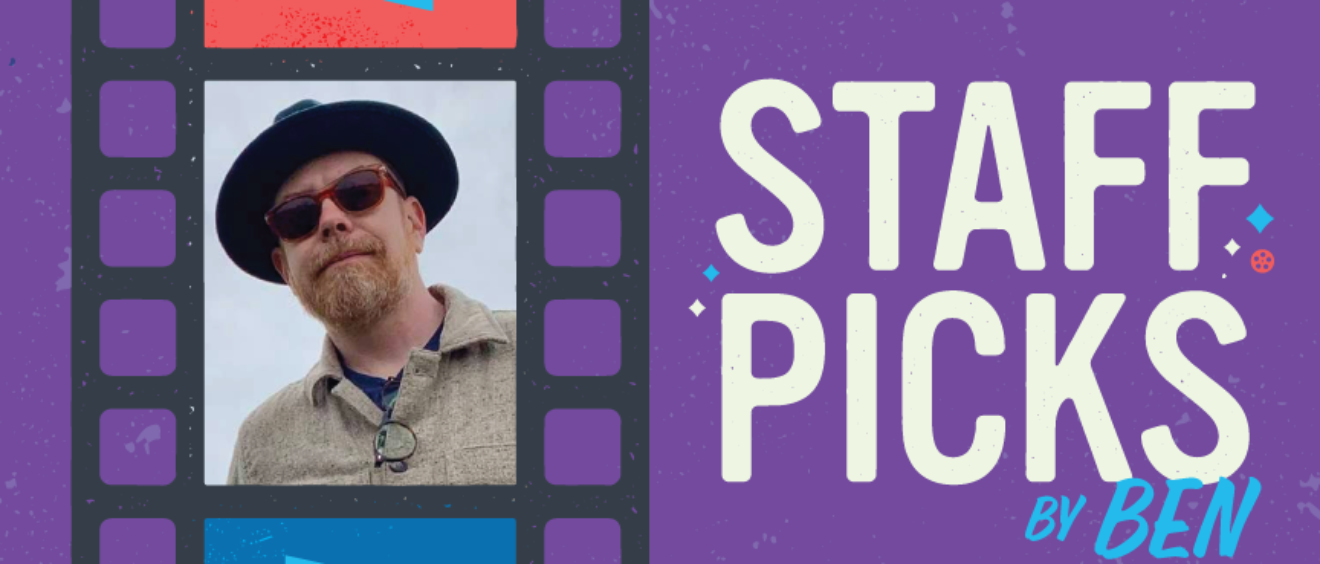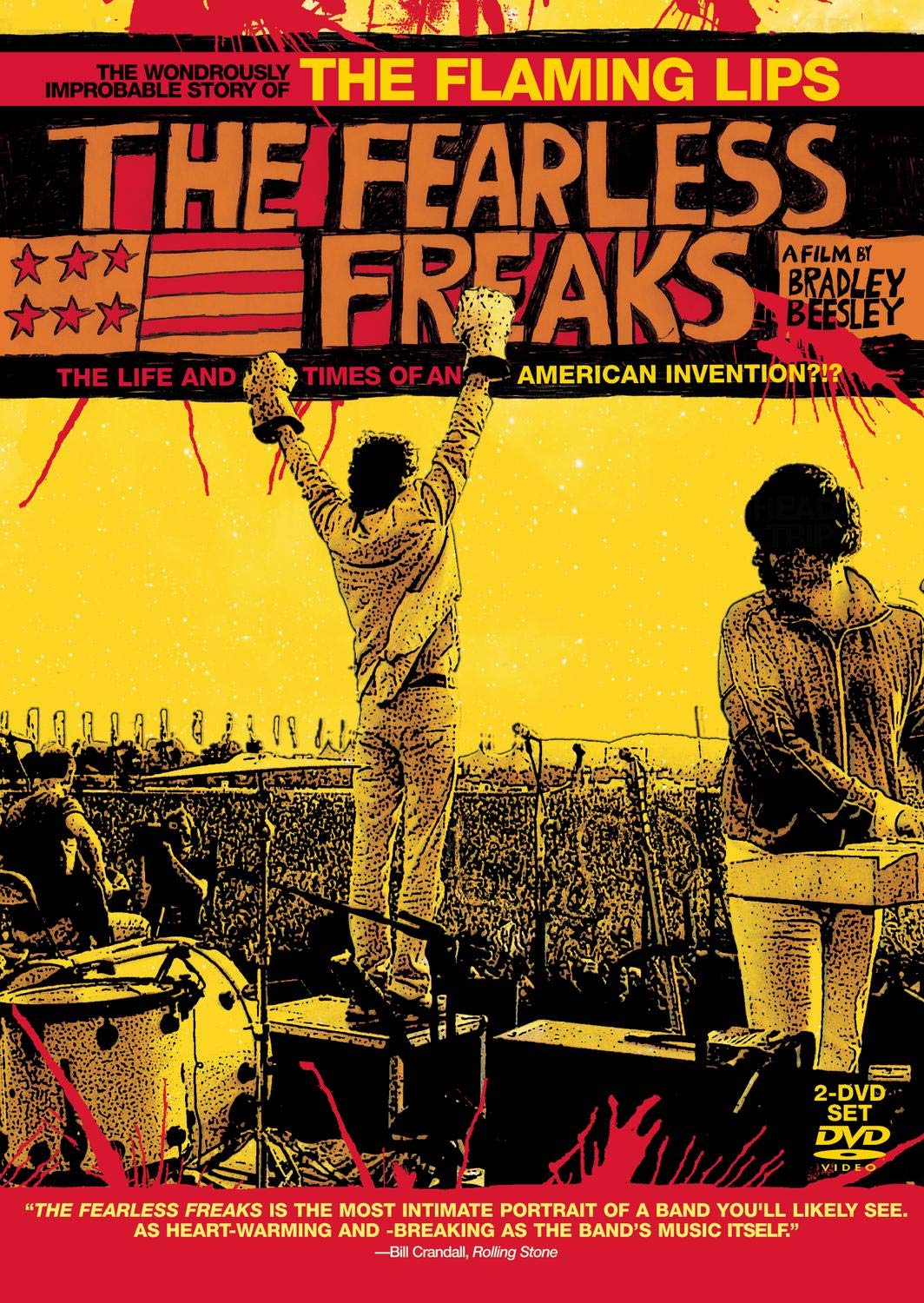Last year as we held our first virtual fest, l was worried that it would be missing my favorite part of the the Indy Film Fest—getting to watch a movie with the actual filmmaker in the audience and then meet and talk with them afterwards in a fun, intimate setting. I was afraid the virtual part would take the human part out of the mix.
I was totally wrong. Last year’s virtual fest gave more filmmakers the chance to be a part of our festival. Let’s be honest, not every filmmaker can fly in and spend ten days in Indy with us each year. We’re fortunate to get so many in the normal years. But, as we all got used to Zoom meetings and virtual hangouts last year, we found that more filmmakers could join the conversation.
One of my favorite conversations last year really sticks out. It was a Q&A after a set of shorts, so there were multiple filmmakers in the discussion. There were filmmakers from all across the US and also from Italy and Lebanon. All set up in their living rooms and bedrooms, not in nice chairs on a stage, like we’re used to for these chats. We were a few months into the pandemic. The US and Italy had been hit pretty hard. Beirut had a devastating explosion just a week before. It was a dark time in the world, and for many people in the conversation.
All the filmmakers had on their public faces, though, and gave their prepared answers about how happy they were to be a part of the festival. They all got to talk a little bit about “the process” of making films. Then, at one point, they all stopped talking about film and started talking about what was going on around them. I heard from a filmmaker in Beirut who had been working in post-explosion recovery. I heard from an Italian filmmaker experiencing the aftermath of too few hospital beds for too many patients and the toll that took on his community.
I came to love the Indy Film Fest over the last 12 years not just because of the movies. The Film Fest has allowed me to connect with fun, creative people to forge relationships and connect through great film experiences. For those of us who ventured into a virtual experience of the fest, we were mostly focused on pulling it off. But, instead of just making it happen, we had the chance to come together as people, across oceans and with the shared experience of a global pandemic, to connect and to explore the stories of humanity—which, when it comes down to it, is what filmmaking is all about. I’m looking forward to making that happen again this year, even if it is over Zoom.




